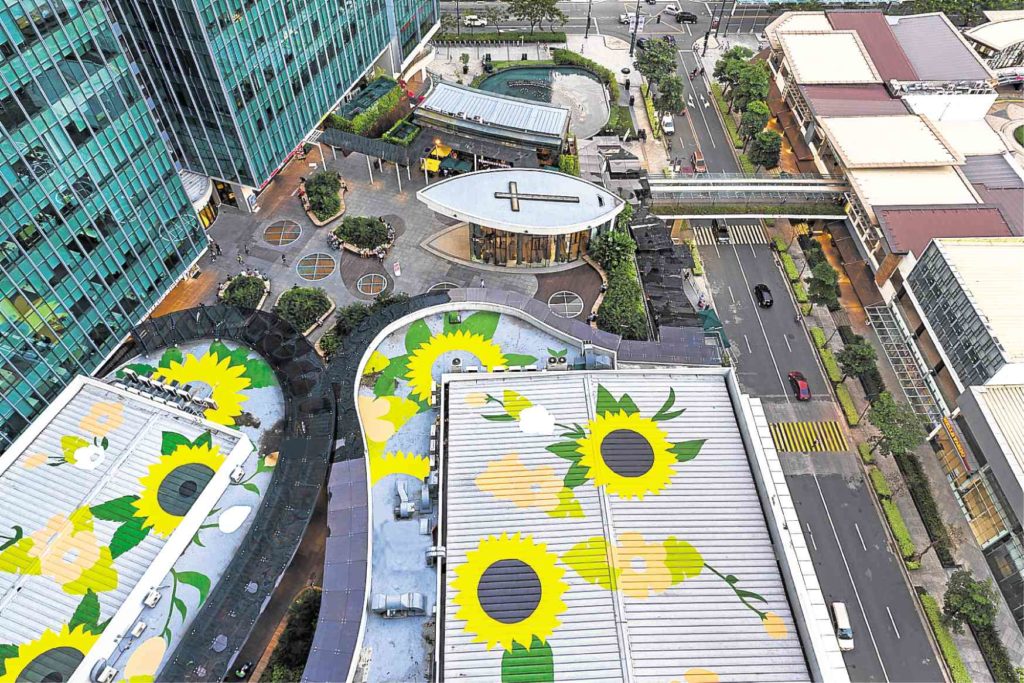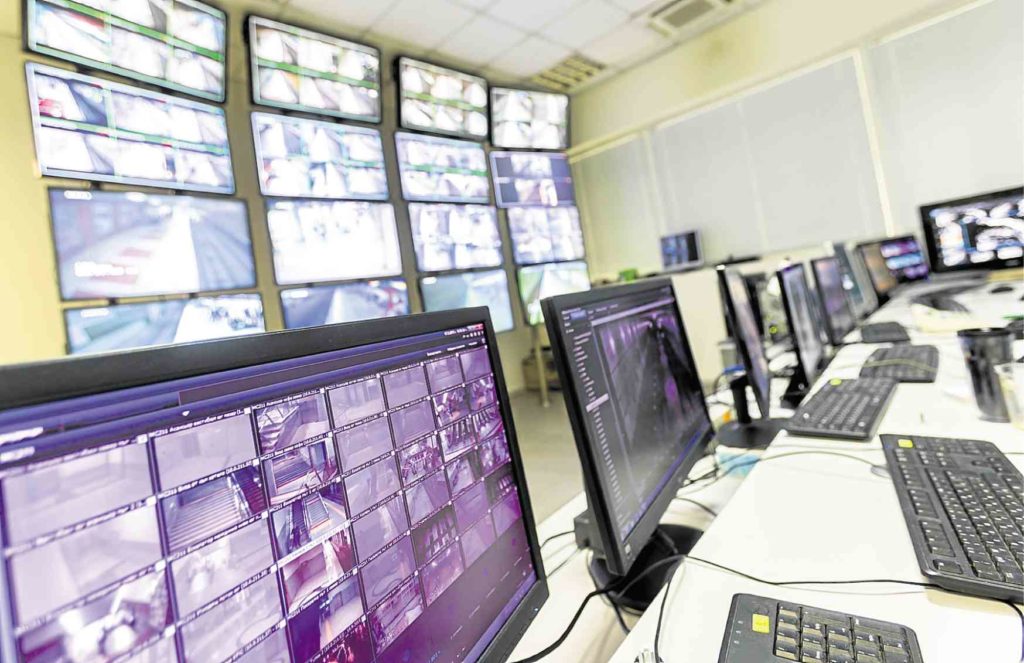Townships of the future

iTownships will be Megaworld’s brand in “creating the townships of the future”.
Never has innovation played an even more strategic role to humanity than today.
With technology disrupting practically every facet of day to day living, the need to innovate and come up with fresh ways to adapt to changing times has never become more pressing, urgent, and significant.
From the way people work, conduct their businesses, even live and communicate, technology has drastically distorted and revolutionized the status quo compared to just a decade ago.
The gravity of this matter is not lost on global leaders and top executives, who are now exploring various ways to efficiently leverage on the benefits of the Fourth Industrial Revolution and digital economy.
In fact, part of the World Economic Forum Annual Meeting in Davos last month saw some discussions focusing on technology and artificial intelligence and how these can be harnessed in trade, job creation, smart agriculture and food systems, disaster resilience, governments, as well as intelligent, connected and livable cities.
Article continues after this advertisementSmart cities
Article continues after this advertisementThe need for cities to innovate is just as pressing too—especially since it is expected that by 2050, another 2 billion people will be added to the global urban population.
This, according to data from WEF, would be equivalent to creating a city the size of London or San Francisco every month over the next two decades, a development that will press cities “to do more with less,” to be “smarter, greener and more efficient,” and most importantly, “to innovate.”
Hence, there has been a growing thrust to create smart cities—cities that are able to harness digital technologies to reshape communities and make it healthier, more efficient, connected, accessible, livable, and sustainable for the people. In short, cities that are said to be prepared for the future.
Based on certain indices, cities such as Copenhagen, Singapore, Stockholm and Seoul are touted as among the world’s smartest cities. Other cities, however, are still considered work in progress.

The Township Operation Centers will feature a state-of-the-art facility that will ensure security in every township.
Future proofing
In the Philippines, a real estate giant is making a bold move, taking the lead in creating smart cities, as it pioneers what it has dubbed as ‘iTownships.’
“iTownships will become our new brand in ‘creating the townships of the future.’ It is about innovation, integration, internet and interconnectivity. Having these features in our townships does not only make our developments ‘future-ready’, but it also allows us to take greater steps towards sustainability and environmental responsibility,” explained Kevin L. Tan, senior vice president of Megaworld Corp.
“In this fast-changing digital world, we see the importance of aligning our developments to quickly adapt to the disruptions, which we perceive as opportunities,” he added.
The company’s move to roll out “iTownships” formed part of its efforts to “future-proof” its developments, which comprised of more than 660 residential developments, 54 office towers and 15 lifestyle malls within its 22 townships and integrated lifestyle communities across the Philippines.
This latest innovation from Megaworld, follows its 28-year leadership in pioneering the “live-work-play” concept in property development, which eventually gave birth to the so-called townships.
This time around, the company is again raising the bar and elevating the standards of all its developments by incorporating digital technology, design innovations and connectivity into its townships.
Tan said they have already assigned teams to study how they can seamlessly integrate smart technology and innovations into their townships.
Among the projects to be implemented include the digitization of customer service and payment processes, integration of smart home technology in residential units, utilization of digital technology and energy-efficient materials in structural designs, creation of Township Operation Centers across all developments which maximizes 24/7 security and safety monitoring and emergency response in every township, urban art installations and creative pedestrian crosswalks, smart parking system including provision for electric vehicle charging in mall developments.
Green and sustainable features will also be at the core of the program.
Some of the initiatives that will be implemented include the conversion of old streetlights to LED (light emitting diode) and solar-powered lights, green roofing for office buildings, provision of vertical green spaces across developments.